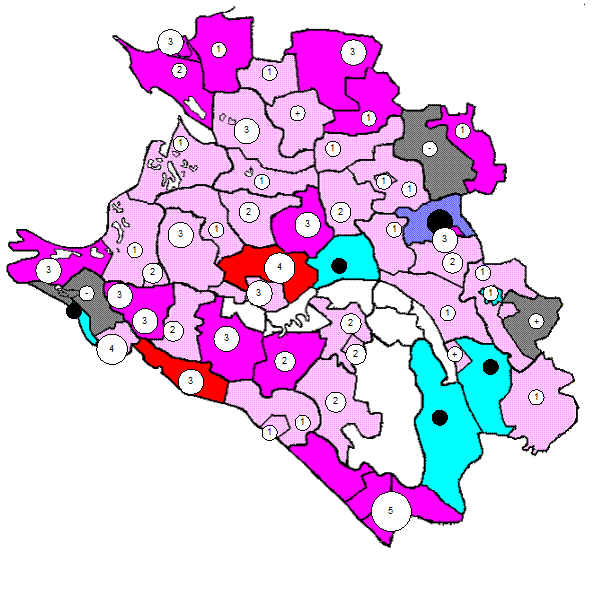Target Markets
No single food-service operation has universal appeal. This is a fact that many newer entrepreneurs have trouble accepting, but the reality is that you will never capture 100 percent of the market. When you try to please everyone, you end up pleasing no one. So focus on the 5 or 10 percent of the market that you can get, and forget about the rest. With that said, who is eating at restaurants? Let's look at the main market categories of food-service business customers: · Generation Y. This generation, also tagged the "millennial generation," the "echo" or the "boomlet" generation, includes those born between 1980 and 2000. Generation Y is the most ethnically diverse generation yet and is more than three times the size of generation X. They are a prime target for a food-service business. Members of Generation Y go for fast-food and quick-service items. About 25 percent of their restaurant visits are to burger franchises, follow by pizza restaurants at 12 percent. · Generation X. Generation X is a label applied to those who were born between 1965 and 1980. This group is known for strong family values. While earlier generations strove to do better financially than their parents, Gen Xers are more likely to focus on their relationship with their children. They are concerned with value, and they favor quick-service restaurants and midscale operations that offer all-you-can-eat salad bars and buffets. To appeal to this market group, offer a comfortable atmosphere that focuses on value and ambience. · Baby boomers. Born between 1946 and 1964, baby boomers make up the largest segment of the U.S. population. Prominent in this generation are affluent professionals who can afford to visit upscale restaurants and spend money freely. During the 1980s, they were the main customer group for upscale, trendy restaurants. In the 1990s, many baby boomer were two-income households with children. Today, those on the leading edge of the boomer generation are becoming grandparents, making them a target of restaurants that offer a family-friendly atmosphere and those that provide an upscale, formal dining experience. · Empty nesters. This group consists of people in the age range between the high end of the baby boomers and seniors (people in their early 50s to about age 64). Empty nesters typically have grown children who no longer live at home, and their ranks will continue to increase as the baby boomers grow older and their children leave home. With the most discretionary income and the highest per-capita income of all the generations, this group typically visits upscale restaurants. They are less concerned with price and are more focused on excellent service and outstanding food. Appeal to this group with elegant surroundings and a sophisticated ambience. · Seniors. The senior market covers the large age group of people age 65 and older. Generally, the majority of seniors are on fixed incomes and may not often be able to afford upscale restaurants often, so they tend to visit family-style restaurants that offer good service and reasonable prices. "Younger" seniors are likely to be more active and have more disposable income than "older" seniors, whose health may be declining. Seniors typically appreciate restaurants that offer early-bird specials and senior menus with lower prices and smaller portions, since their appetites are less hearty than those of younger people.
|




